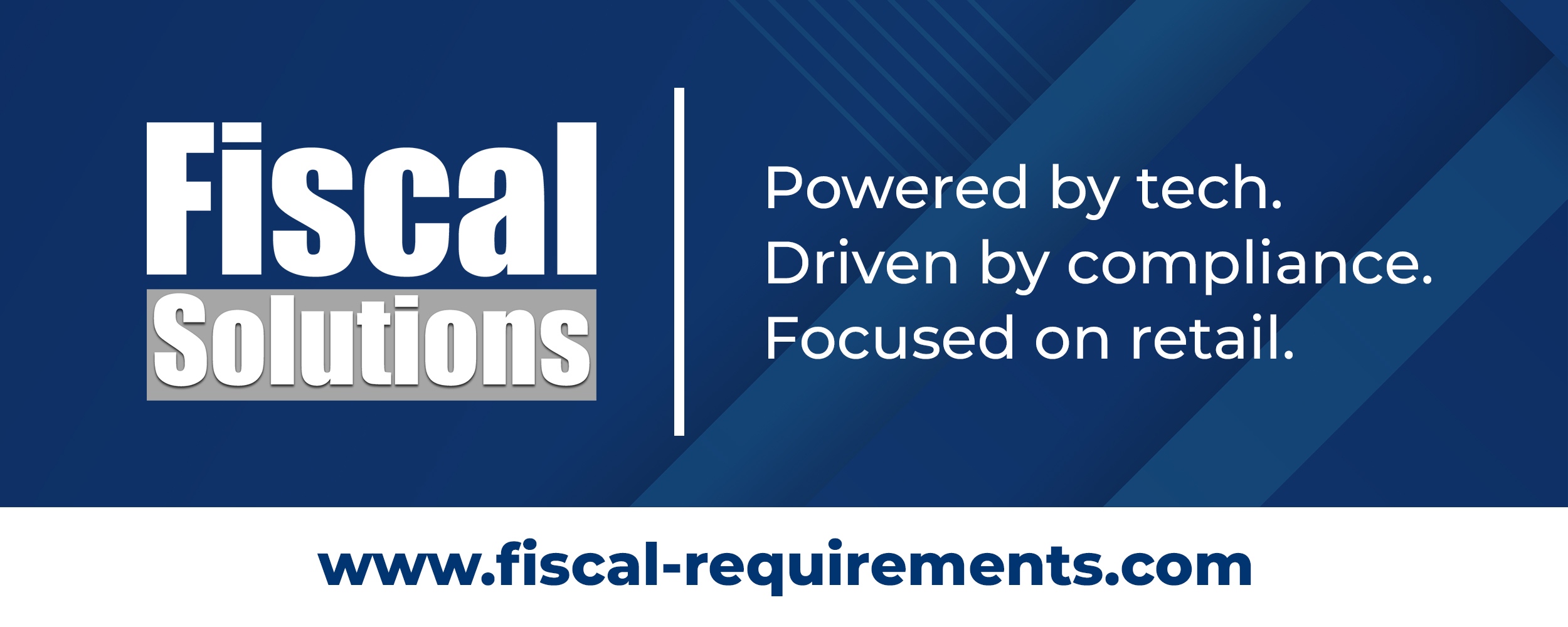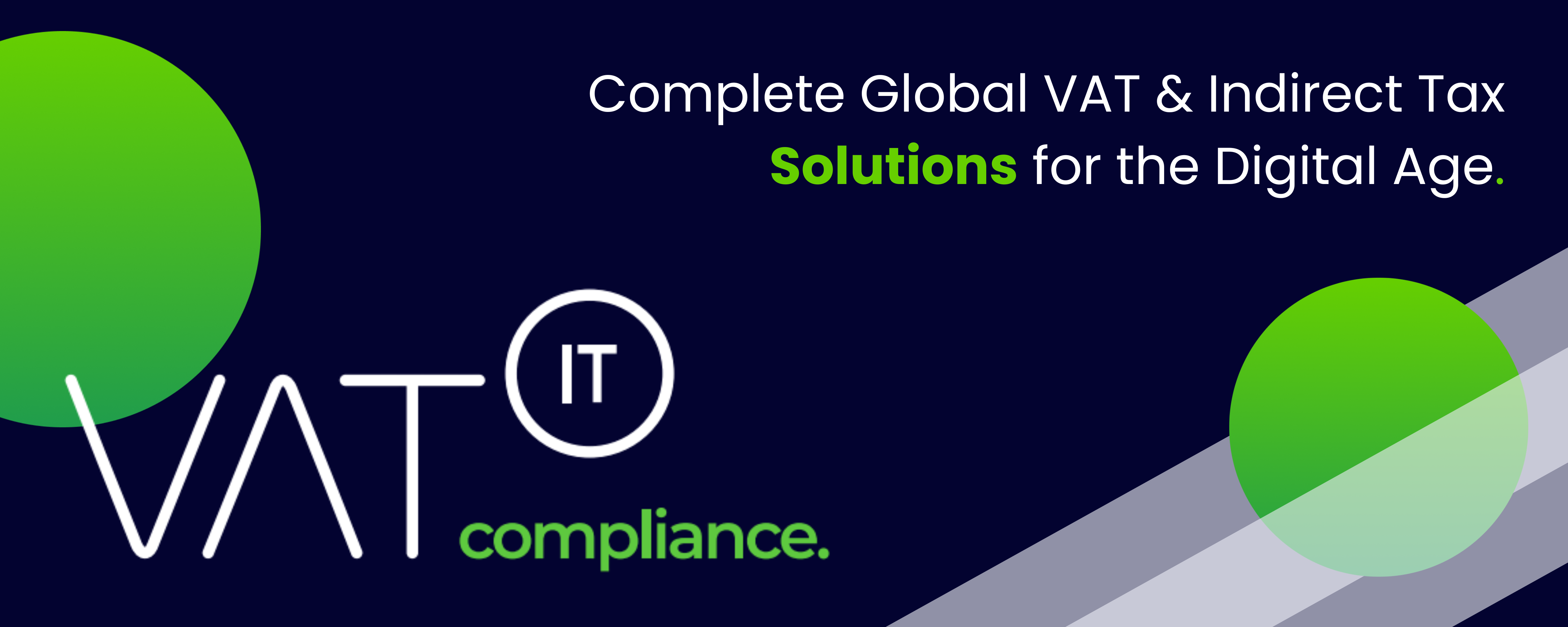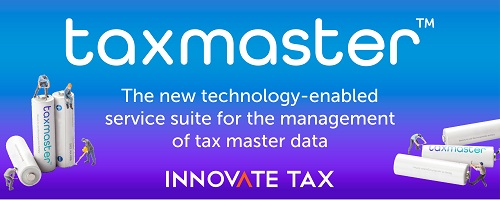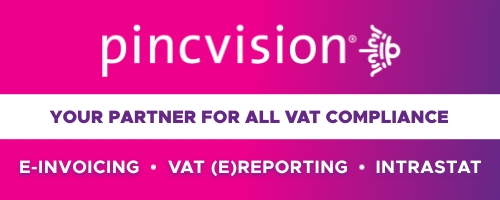The mandatory implementation of electronic invoicing in Lithuania began in 2017 to increase transparency in transactions. Electronic invoices were initially transmitted in the national XML format to combat tax fraud. In April 2019, Lithuania joined the PEPPOL network, simplifying processes for businesses. However, B2B e-invoicing remains optional. The government is working towards mandating e-invoicing for all businesses with the eSaskaita invoicing tool, launched in September 2023. The tool offers multiple ways to transmit electronic invoices and is free for businesses for the first five years. The Ministry of Finance governs electronic invoicing in Lithuania, ensuring compliance for all mandated parties. The implementation timeline includes the mandate for B2G electronic invoicing in July 2017, joining the PEPPOL network in April 2019, and the launch of the eSaskaita tool in September 2023. The characteristics of e-invoicing in Lithuania include the use of PEPPOL BIS 3.0 format and the original national XML format on the eSaskaita platform.
Source Storecove
- Join the Linkedin Group on Global E-Invoicing/E-Reporting/SAF-T Developments, click HERE















